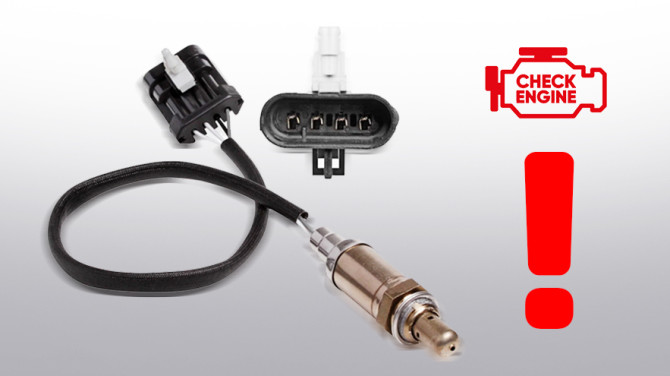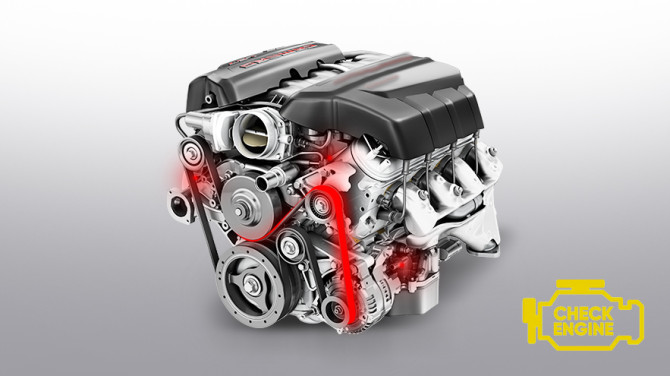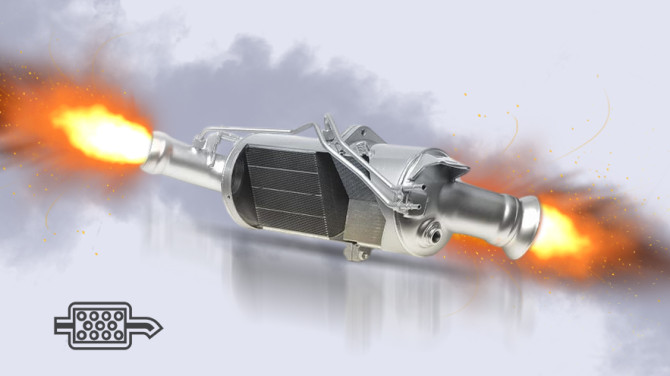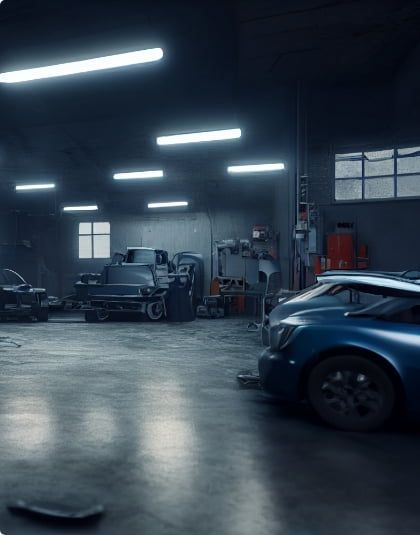What should be the pressure in a car air conditioning system
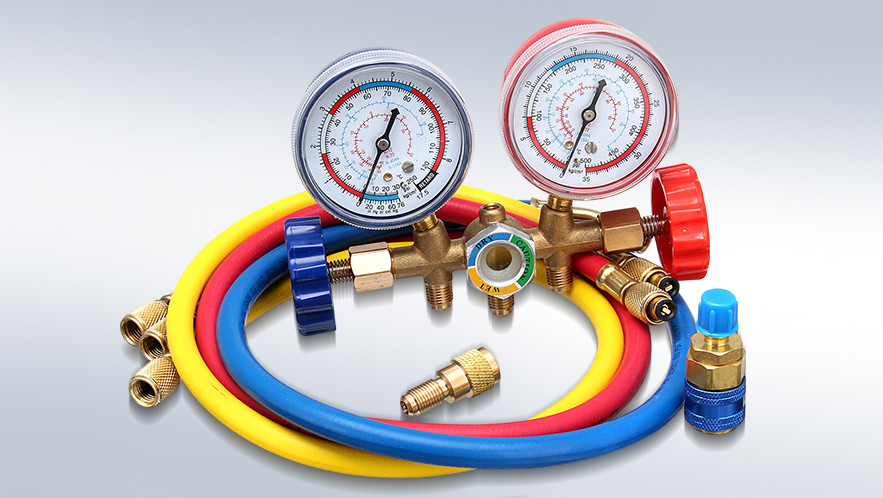
The correct pressure in a car air conditioner is one of the main conditions for the efficient operation of the entire cooling system. It affects not only the comfort of the driver and passengers, but also the serviceability of key components, in particular the compressor. Incorrect pressure can cause malfunctions, reduce performance, or even render the system inoperable.
What should the pressure be in a car air conditioner?
A car air conditioning system works by circulating a refrigerant—a gas that expands and contracts to cool the air. Proper pressure ensures proper circulation of freon in the system. If it is too low, the air conditioner will not be able to work effectively. Conversely, excessive pressure can put unnecessary strain on the compressor and other system components, increasing the risk of failure.
Air is cooled by the circulation of freon in a closed circuit with variable pressure. Liquid freon enters the heat exchanger with a fan, where the pressure is reduced and it evaporates, cooling the interior. The gaseous refrigerant enters the compressor and condenser, where the pressure in the car air conditioner increases and the freon turns into a liquid, releasing heat to the outside. The pressure then drops again and the cycle repeats.
The average indicators of a serviceable system are as follows:
- Low pressure: 2–3 bar at the compressor inlet.
- High pressure: 14–24 bar after compression.
- Static pressure (with the engine off): 4–6 bar.
Low or high pressure may indicate problems such as a faulty compressor, a refrigerant leak, or a dirty filter. Incorrect readings are also often the result of leaks or poor circulation.
Causes of pressure problems
Drivers often encounter situations where the pressure in their car's air conditioner is higher or lower than normal. This can lead to reduced efficiency or even failure of the entire system.
Here are the main causes:
- System leaks due to damaged pipes or connections
- Insufficient or excessive amount of refrigerant
- Wear or malfunction of the compressor
- Contamination of filters or dryer
- Damage to system components such as the radiator or condenser
- Regular overheating of the compressor
- Problems with the low pressure sensor or valve
- Errors during maintenance or refilling
Good to know:
The causes of low pressure in a car air conditioner can be:
- insufficient freon in the system;
- leaks in the line;
- malfunction of the thermostatic valve;
- failure of the pressure sensor;
- malfunctioning cooling system fan;
- worn or damaged compressor solenoid valve;
- internal contamination of the air conditioner pipes.
Excessive pressure in the car air conditioning system is often caused by:
- exceeding the permissible amount of freon in the circuit;
- dirty or clogged radiator fins;
- presence of air or other gases in the system instead of refrigerant.
It should be noted that in summer, at high air temperatures, the pressure in the high circuit of the air conditioner may naturally increase. An increase in pressure on the low pressure side is often caused by incorrect operation of the fan or its failure.
Checking the pressure in the air conditioning system
To keep the system in good working order, it is important to check the pressure in the air conditioning system using special equipment.
The check can be performed as follows:
- Connect the pressure gauge to the high and low pressure fittings
- Determine the pressure in the car air conditioner when it is idle (without the engine running)
- Start the engine and turn the air conditioner on to maximum
- Take readings on both sides – high pressure and low
- Check that the pressure is within the normal range – approximately 2–3 bar on the low side and 12–15 bar on the high side
- Check the temperature of the air coming out of the vents – is the system able to cool effectively?
- Visually inspect for leaks or worn parts
It is important to note that it is quite difficult to check the pressure yourself without special equipment such as pressure gauges, gas analyzers, and filling stations. For accurate and reliable results, it is best to entrust this procedure to a car repair shop with the appropriate tools and experience to avoid false conclusions and, consequently, damage to the system and repair costs.
How to maintain normal pressure in a car air conditioning system?
Knowing the pressure in your car's air conditioning system is good, but keeping it stable is even better.
Here's how to do it:
- Have your air conditioner serviced regularly
- Refill the system with refrigerant in a timely manner
- Keep the cabin filters and evaporator clean
- Do not allow the system to be idle for long periods of time – turn on the air conditioner at least once a week
- Avoid operating the air conditioner in extreme conditions when the system is overloaded
- Watch for signs that may diagnose a problem: poor cooling, noise, unpleasant odors
- Do not use the air conditioner if there are obvious symptoms of malfunction to prevent wear on the compressor
Prevention is the best protection. Regular maintenance extends the life of your air conditioner and prevents sudden breakdowns during the hot season.
When to call a specialist
If you find it difficult to determine the pressure in your car's air conditioner yourself, or if you notice problems with the system, it's time to call in the professionals.
When to do this:
- Low cooling performance even though the air conditioner is on
- Suspected failure of the compressor or other components
- The air conditioner pressure in the car is outside the normal range
- Unusual symptoms have appeared: noise, vibration, moisture in the passenger compartment
- Visible leaks or refrigerant leaks
If you notice even a slight deviation in the operation of the air conditioner, do not hesitate. Contacting a specialist at an early stage will help you avoid expensive air conditioner repairs in the future.
In all such situations, we invite you to visit the STS auto repair shop! We are a team of experienced specialists who can not only identify the causes of pressure problems, but also quickly eliminate them. We have all the necessary equipment to diagnose, refill, check, and return your vehicle to maximum comfort. STS is a service you can trust!
